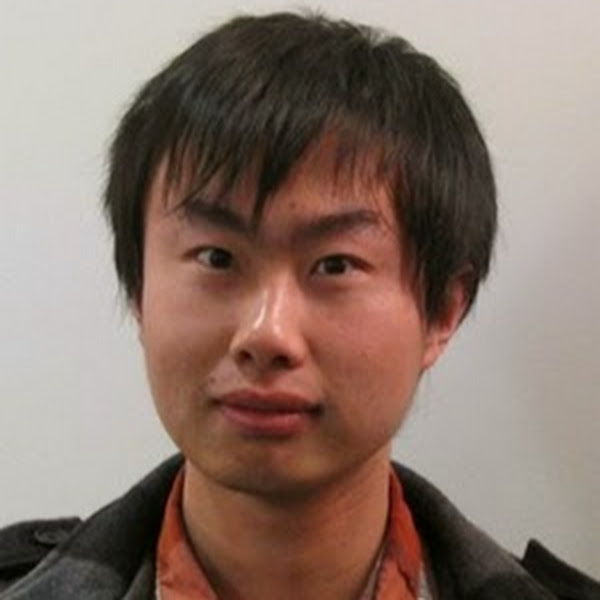
Ruiqi Guo
Research Areas
Authored Publications
Sort By
Google
On Emergence of Activation Sparsity in Trained Transformers
Zonglin Li
Chong You
Daliang Li
Ke Ye
International Conference on Learning Representations (ICLR) (2023)
SOAR: Improved Indexing for Approximate Nearest Neighbor Search
David Simcha
Dave Dopson
Neural Information Processing Systems (2023)
Efficient Training of Retrieval Models using Negative Cache
Erik Lindgren
Neural Information Processing Systems 2021 (2021)
Accelerating Large-Scale Inference with Anisotropic Vector Quantization
Erik Lindgren
Quan Geng
David Simcha
International Conference on Machine Learning (2020)
Optimal Noise-Adding Mechanism in Additive Differential Privacy
Quan Geng
Proceedings of the 22th International Conference on Artificial Intelligence and Statistics (AISTATS) (2019)
Now Playing: Continuous low-power music recognition
Dominik Roblek
James David Lyon
Julian James Odell
Matt Sharifi
Mihajlo Velimirović
NIPS 2017 Workshop: Machine Learning on the Phone
